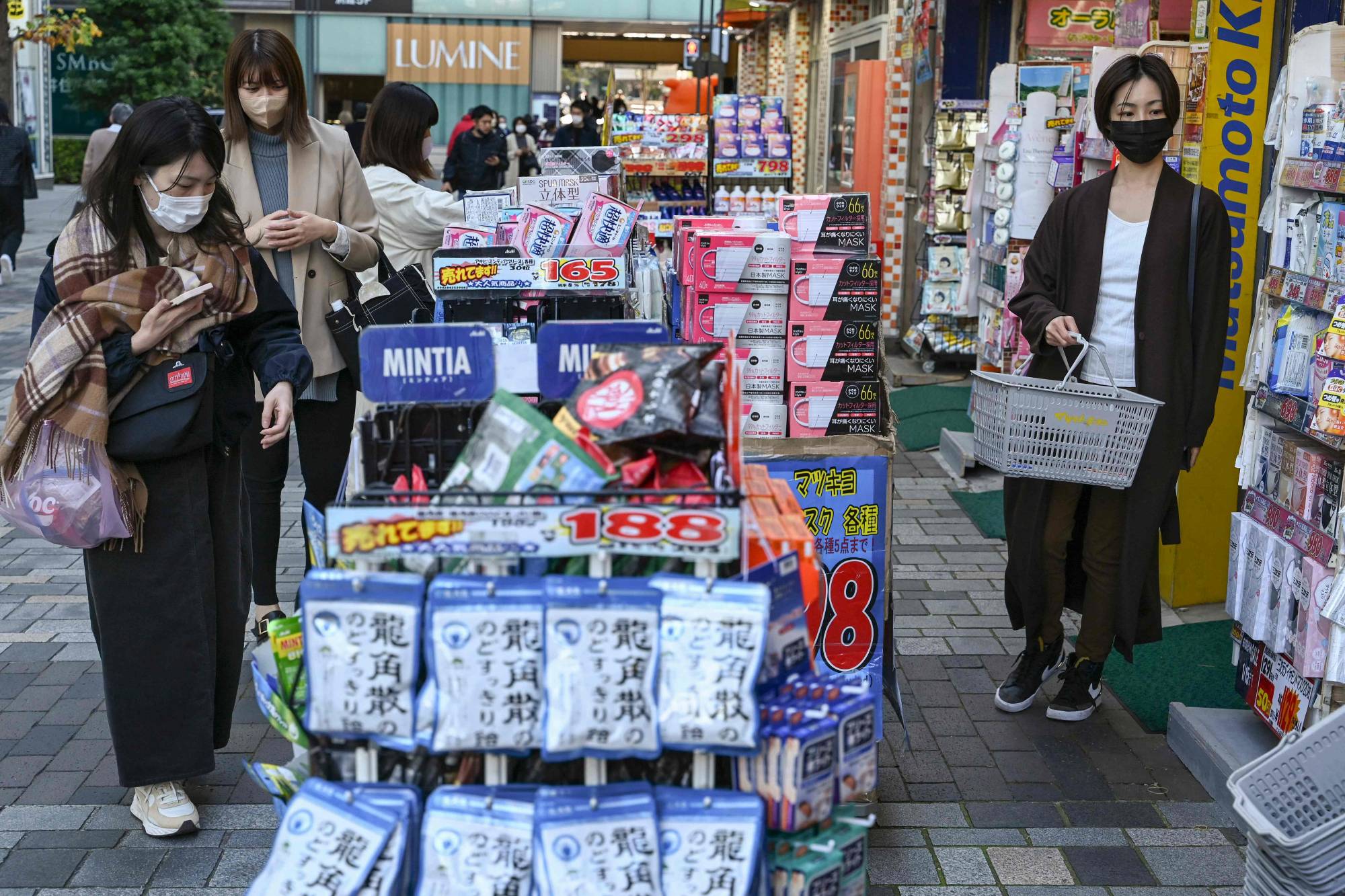As Japan faces yet another wave of COVID-19 infections ahead of the New Year's holiday season, there's been a shortage of traditional Chinese kanpō medicine that doctors sometimes prescribe to patients.
A recent study in Japan that examined the effects of kanpō on COVID-19 symptoms may further heighten their demand. The research, conducted by Tohoku University and published in November, led some domestic media to report its positive findings. But a closer look at the results shows that its effectiveness appears to be limited.
Earlier this month, Tsumura, which supplies over 80% of all prescription kanpō medicine in Japan, released a statement to doctors explaining that, since August, their supply has not been stable due to “demand that far exceeded expectations for products related to COVID-19 and seasonal (illnesses).”


















With your current subscription plan you can comment on stories. However, before writing your first comment, please create a display name in the Profile section of your subscriber account page.